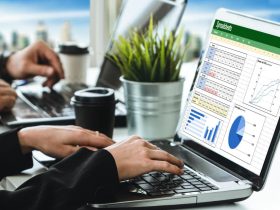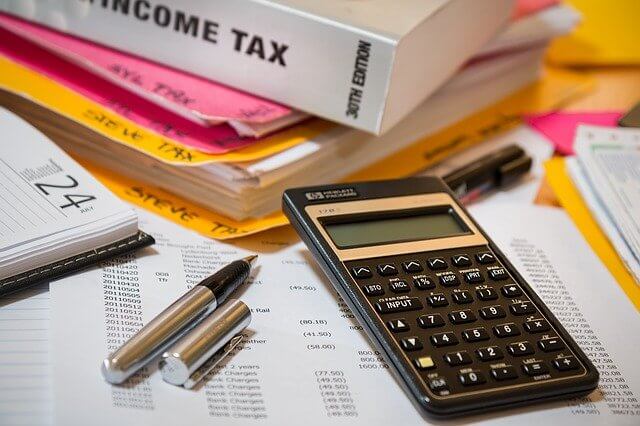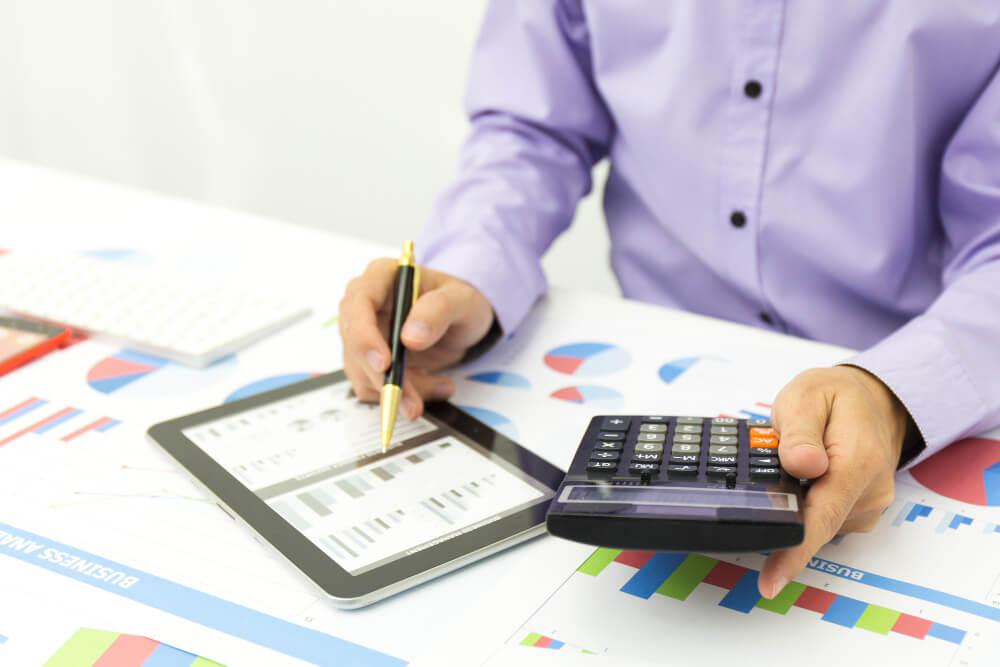pensions tax bill: Retirement brings a lot of change: change to your routine, income, and changes to the amount of tax you pay.
So, it’s crucial to have knowledge about tax regulations that apply to your pension.
Visit our blog 10 Tips for Starting Year-End Tax Planning to have some ideas on tax planning.
Read on to find out how your pensions are taxed and how to make the most of your retirement savings, maximise your spending power and reduce taxes after your retirement.
Table of Content
- Are you liable for tax on your pension?
- Why your pension is taxed?
- Choices for Pension Income
- How are pensions taxed?
- How much of your pension is tax-free?
- Do you pay tax on your state pension?
- How to minimise tax on your pension?
- Can you work while drawing your pension?
- How much tax will you pay on your pension if you are still working?
- How much tax will you pay on your pension lump sum?
- Final thought
Are you liable for tax on your pension?
The simple answer is yes! Like any other kind of income, the pension income is taxable.
You have a personal allowance of £12,570 for 2021/22 (£12,500 for 2020/21) tax year, meaning you pay no income tax, and then you pay 20 per cent tax on everything between £12,571 to £50,270 before higher rate tax rates kick in.

However, there are some circumstances in which you won’t pay tax on all pension income, and there are also strategies for minimising the amount of your pension lost to tax.
Why your pension is taxed?
You may be confused that you have to pay pension tax on most of the money you are taking from your pension.
Well, the reason for this is that your pension is not like a bank account – you do not ‘own’ all that money yet, but instead, it’s being held by the pension scheme for you.
This means that if you take money from your pension, it counts as ordinary income as if it were a wage.
Another reason is, the pension amount is not taxable when you contribute it from your salary.
Choices for Pension Income
There is a wide range of solutions available while taking pension withdrawals.
For comparison, here we explore the 2 main pension income options,
1. Guaranteed pension annuity
The guaranteed pension annuity is a traditional way to take an income from your pension plan.
This pension income method is for you if you want certainty over your income.
The guaranteed pension annuity allows you to swap your pension fund for the guaranteed and taxable income for life.
In this, you will get to choose the tax-free lump sum you want and invest the remaining fund into the pension annuity.
Also, the income will be set up according to the features you choose, but the main choice is whether you want the income to start higher at first, but never to increase; alternatively, the income can start lower, but increase annually in line with a constant growth rate or inflation.
The pension annuity is still the best choice for many people since this method can provide you with a guaranteed income for life.
Plus, the main benefit is a certainty, but the downside is that you don’t get to change your income once the plan is set up.
Besides, unless you pay for your extra benefits, the income will die with you.
However, taking a tax-free lump sum is the only way to use the annuity for tax-free pension withdrawals.
2. The Flexible Pension method
When you reach age 55, the flexible pension method allows you to treat the personal pension like an Individual Savings Account (ISA).
However, some complex pension rules still exist, but now you can withdraw as much as you want, subject to tax, at any stage.
This is very useful if you want flexibility and control over your pension pot and prepared to take some risk with your future finances.
Flexible pensions work well if you have some other income sources and you do not require guaranteed income.
Besides, you can also pass on your remaining fund to your family after you die.
The downside of this method is that flexible pensions are complex.
As a result, you take a risk with your investments, and also that you might run out of money.
How are pensions taxed?
| Contribution | Accumulation stage | Income stage |
| £1 invested = £1.25 | No tax | 25% tax-free lump sum |
| 75% taxable against income | ||
| The reduced annual allowance for future investments |
If you have an idea about how pensions are taxed, you can see how you can take tax-free pension withdrawals.
- ● Contributions
If you pay money into your pension plan, you will have the benefit of tax relief.
This means that your £1 is boosted to be £1.25, which is one of the major benefits of pension plans.
- ● The Accumulation stage
In this stage, while your pension fund is growing, the pension is tax-free.
This is a major benefit and puts taxable pensions ahead of most investments. In technical terms, this is known as “uncrystallised benefits”.
- ● The Income stage
When you start to take money from your pension, it can become taxable.
You will get 25% of the fund as a tax-free lump sum, and the remainder of the fund is potentially taxable against income.
In technical terms, this is known as “crystallised benefits”.
- ● The Annual allowance
When taking pension withdrawals, you should be careful.
As you start taking a taxable pension withdrawal, your annual pension allowance will reduce to a maximum of £4,000 /tax year.
How much of your pension is tax-free?
The good news is that some of your pension amounts are tax-free.
In case you have a defined contribution pension that is the most common kind, you can take 25% of your pension free of income tax.
Generally, this is done by taking a quarter of the pot in a single lump sum, but it is also possible to take a series of smaller lump sums with 25% of each one being tax-free.
And the rest of your pension income will be taxed in the normal way.
Also, most defined benefit pensions offer the option of taking a tax-free lump sum as well as a guaranteed taxable income.
Do you pay tax on your state pension?
State pension income is taxable, but whether you have to pay tax or not will depend on your total annual income.
Income up to annual tax allowance, the tax-free amount you can earn, is tax-free.
But in case you have income from other sources that push your income over the annual allowance, you will pay income tax on everything above that figure.
How to minimise tax on your pension?
how to avoid paying tax on your pension: For a comfortable living, you will have to take as much income as you require.
But unlike when taking a salary there is not much advantage of having more income than you need.
It is a good idea to leave money in your pension in some cases until you’re sure you will be spending that money.
This is where it can be beneficial to use the drawdown scheme.
This drawdown scheme lets you vary your income from year to year, potentially leading you to tax savings.
For instance, if in a year you spend £25,000 but in the next year you need to spend only £20,000, then you’ll save £1,000 amount in pension tax if you draw down as much as you need.
If you draw the same income and end up not spending it, you will have wasted that £1,000.
If you have an annuity, you would not have this flexibility, as your annuity income will be at least the same every year. However, drawdown comes with its own set of risks.
Talk to an independent financial advisor about which option is better for you.
Can you work while drawing your pension?
Yes! You can earn money and work while drawing any type of pension, whether it is a workplace pension, state pension tax bill or personal pension.
The exception to this will be a defined benefit or final salary pension – you will not be able to work for the employer who provides this pension once you start to draw it, although you can work somewhere else.
Keep in mind that earning while drawing your pension will increase your tax bill.
How much tax will you pay on your pension if you are still working?
When drawing your pension, you’ll have the same tax bands and personal allowance as anyone else.
That’s why all your income over £12,570 will be taxed at the normal rate of at least 20% unless some of your non-pension income is from dividends which are taxed at a lower rate.
How much tax will you pay on your pension lump sum?
You can take 25% of any pension pot as a tax-free lump sum.
Also, it’s possible to cash in the entire pension pot as a single lump sum.
Be alert, though: unless your pension pot is very small, this is always almost a bad idea from the point of view of tax.
The money you get will count as income for only that year, and that will be taxed accordingly.
In fact, it may even push you into a higher tax band which resulting in 40% tax or more.
In short, you’ll probably cancel out any tax benefits from having a pension in the first place.
The only times this may make sense to withdraw a whole pension pot is when the pot is very small – for instance, a workplace pension from a long time of employment.
But, it may still be beneficial to transfer it to your main pension, though, so take advice from an expert accountant or tax advisor.

Final thought
Overall, how much tax you pay on your pension and throughout your whole retirement varies, depending on how you choose to receive your pension.
While you have the option to delay receiving your pension, you may also be tempted to withdraw it all in one go.
So, it is always beneficial to take advice from an expert accountant or tax advisor to avoid pension tax.











Leave a Reply